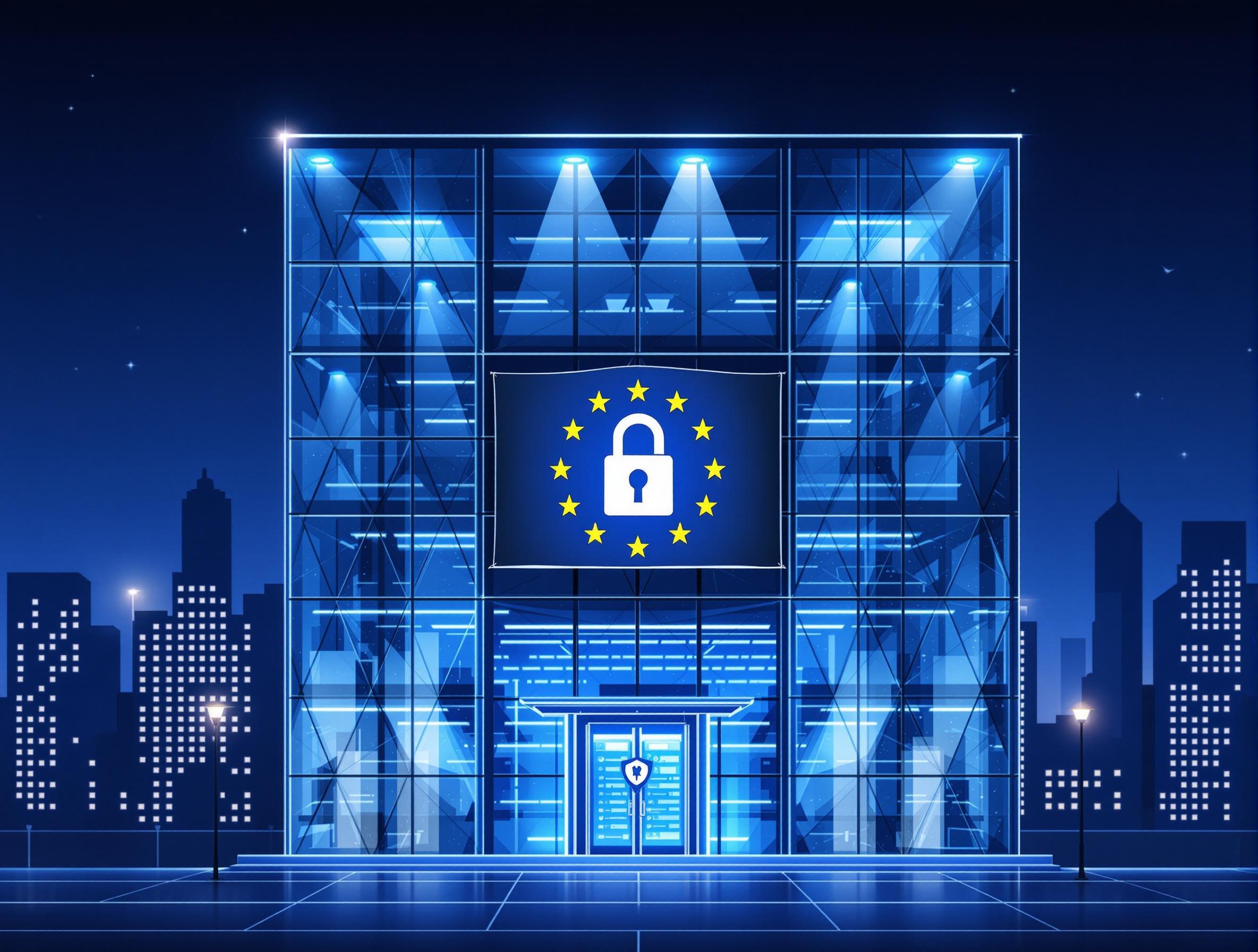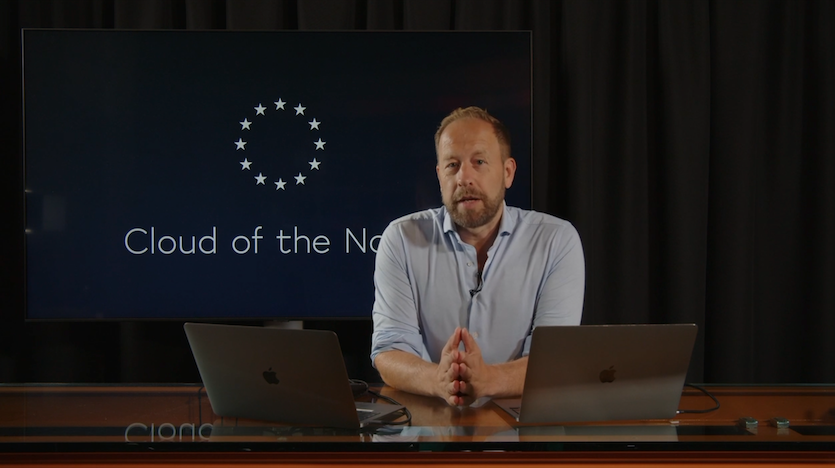The Impact of Video Streaming On The Environment
Last updated: 22 July 2024

Streaming our favourite shows used to be a simple pleasure. Now, it’s a global phenomenon with implications for our planet. From the data highways of fibre optic cables to the electricity-hungry data centers, the journey of your video stream has a real-world impact.
A Look Back: Traditional Broadcasting
Back in the day, watching TV meant tuning into scheduled broadcasts via cable or satellite. The energy consumption for traditional broadcasting was relatively straightforward: power the TV, the cable box, and the broadcasting infrastructure. Energy consumption was significant but somewhat predictable.
Streaming: A New Era, New Challenges
With the advent of streaming services, we moved to a more digital-focused world. Initially, it seemed like a greener alternative. No more massive hardware; just data centers and internet connections. But as the popularity of video streaming exploded, so did its environmental footprint.
Data Centers
Streaming services rely on massive data centers to store and deliver content. These data centers are power-hungry, consuming vast amounts of electricity. A 2020 report by the International Energy Agency (IEA) estimated that data centers consume about 1% of the world’s electricity. And this figure is projected to double by 2026, resulting in annual CO2 emissions equivalent to those of the aviation industry.
Network Infrastructure
The journey of your favourite show from a data center to your device involves complex networks. These networks—fibre optic cables, switches, and routers—also consume significant energy. For example, streaming HD content can use up to three times more energy than SD, and UHD content can use up to seven times more. As streaming quality improves (think 4K or 8K), the data size increases, leading to higher energy use.
End-User Devices
Whether it’s a smart TV, a smartphone, or a tablet, our devices add another layer to the environmental footprint. For instance, the emissions from streaming one hour of video are about 3.5 times higher than microwaving a bag of popcorn. It might not seem like much for a single viewing session, but when you consider the millions of users streaming content daily, the impact adds up quickly.
Sustainable Solutions in the Streaming Industry
Despite the environmental challenges posed by video streaming, the industry is aware of its footprint and is taking steps to mitigate it.
Renewable Energy Sources
You see, most data centers are switching to renewable energy, like wind and solar, to power their operations. We’ve been ahead on this one – since 2004, all our data centers have been running on 100% carbon-free energy. These facilities combine innovative cooling techniques with wind power to minimize the impact even further.
Energy-Efficient Technologies
Data centers across the industry are getting a green makeover, investing in energy-efficient cooling systems, servers, and all the technology that keeps things running smoothly. It’s all about making the most of every watt and cutting down on unnecessary energy use.
Speaking of which, thanks to our cloud hardware upgrade, we managed to reduce the physical space it takes up by 75% and cut our energy use in half. It’s a big win for us, and an even bigger win for the planet.
Data Compression and Optimization
Many platforms are continuously working on reducing the file size of videos without sacrificing quality, so less data has to travel over the internet, saving energy. But we’ve taken it a step further by using smart capacity scaling algorithms that adjust resources based on real-time demand. That results in reduced energy use without sacrificing performance.
Awareness and Education
We’re seeing more and more companies in the streaming industry stepping up to educate users about the environmental impact of their streaming habits. It’s important to be upfront and transparent about that, so viewers can make informed choices.
At Jet-Stream, we share details about our sustainability initiatives and tips on how you can make a difference. Here are some of the articles that you can take a look at:
- What is green streaming?
- How to Stream in an Eco-friendly Way: Reducing Your Digital Carbon Footprint
- Stream Green and Secure: How Jet-Stream Prioritizes Data Protection & Sustainability
In Conclusion
The transition to a greener streaming landscape won’t happen overnight, but with continued innovation and collective effort, we can ensure viewers continue to enjoy their favourite content with minimal environmental impact. It’s a win-win for everyone involved.




